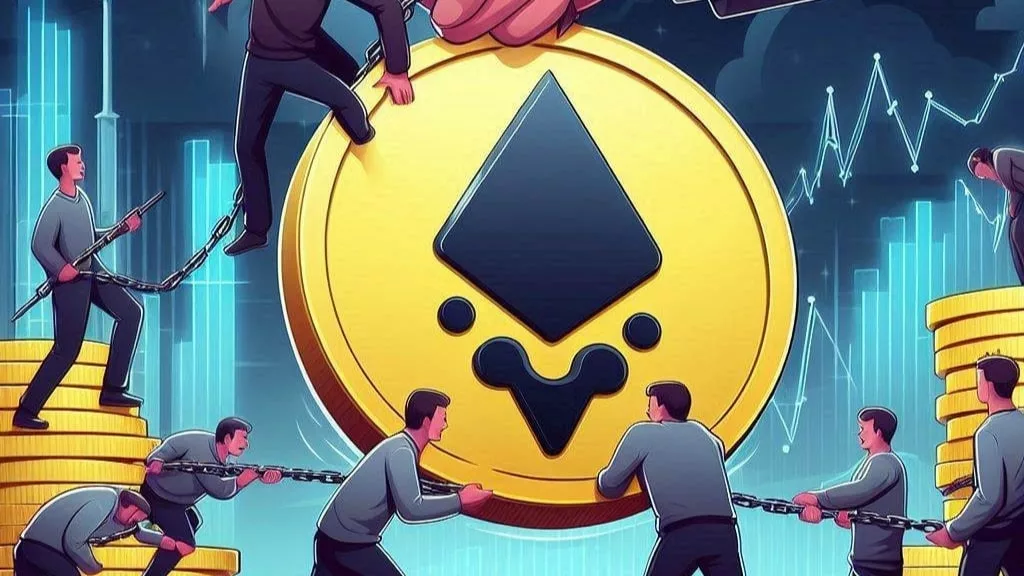
Cardano (ADA) has shown notable volatility in recent weeks, raising questions about its ability to hold its price above the $1 mark. After surging to $1.13 amid heightened whale activity and a historic 72.15% rally in a single day, Cardano struggled to maintain those gains, currently trading around $0.94. While ADA’s price remains susceptible to fluctuations, recent data provides insights into the forces at play and the challenges Cardano faces in sustaining its value above $1.
Cardano saw a sharp rise to $1.13, triggered by a spike in whale activity, with 2,645 transactions exceeding $100K—an all-time high over the last three months. This surge in trading was accompanied by a massive rally, but as quickly as ADA reached those levels, it began to dip back down, failing to maintain the $1 threshold.
The 4.77% rebound in the overall crypto market and Bitcoin’s bullish recovery didn’t provide the lasting momentum Cardano needed. Despite these broader market improvements, Cardano’s price remains weak, highlighting its ongoing struggle to stabilize above $1. As of now, ADA is trading at $0.94, signaling continued resistance to holding the crucial $1 level.
Data from Santiment points to a significant decline in the Mean Dollar Invested Age (MDIA) of Cardano’s tokens, a metric that tracks how long tokens have been held in wallets. A falling MDIA indicates increased circulation, which may suggest that older, long-held tokens are being moved. This could either be due to profit-taking as traders cash out following the rally, or a strategic repositioning for long-term accumulation.
While profit-taking could explain some of the movement, there’s evidence that investors are also shifting their funds into staking, with Cardano’s Total Value Locked (TVL) on its decentralized finance (DeFi) platforms surging from $397.98 million to $573.3 million in just two days. This sharp increase in TVL suggests that rather than exiting the market, investors may be reallocating capital to staking, betting on Cardano’s future growth.
However, TVL remains significantly lower than its $800 million post-election peak, pointing to a period of unstaking and aggressive profit-taking, especially after ADA’s price declined below its $1.25 high post-election. This reflects the volatility within Cardano’s ecosystem, where short-term fluctuations in ADA’s price impact investor sentiment.
Despite these fluctuations, Cardano’s ability to break above $1 again hinges on multiple factors, including trading volume, whale activity, and the overall market momentum. The trading volume of ADA has dropped significantly in recent days—from $7 billion to $5 billion in just two days—further dampening its price prospects.
In addition, whale transactions have decreased, contributing to selling pressure. Unless there is a rebound in these metrics—particularly in whale activity and TVL—Cardano’s ability to hold above $1 remains uncertain. A breakout above $1 would require strong buying pressure, particularly from large investors and long-term holders, which has been lacking in recent weeks.
Cardano has formed three lower lows since its post-election peak, establishing key demand zones at $0.80 and $0.60. Its short-term price trajectory will largely depend on broader market trends. If the overall market momentum weakens, ADA could see a pullback to the $0.85 support zone. However, if the market remains bullish and Cardano’s fundamentals continue to show promise, a potential breakout above $1 could be on the horizon.
The real challenge for Cardano will be sustaining any gains above the $1 level. As long as trading volume remains low and whale activity continues to decline, the pressure to sell may outweigh the demand to buy, making it difficult for ADA to hold steady above $1. Traders and investors will need to closely monitor the next few days for signs of increased activity or further volatility.
Cardano’s volatility is a clear indication of the challenges the project faces in maintaining a stable price. While there is potential for ADA to break through the $1 resistance, the current market dynamics—characterized by fluctuating trading volume, declining whale activity, and increased profit-taking—make it difficult to hold above this critical level. Whether Cardano can sustain its price will depend on whether the market’s broader trends and investor confidence can drive the token to higher levels in the coming days.

Get the latest Crypto & Blockchain News in your inbox.